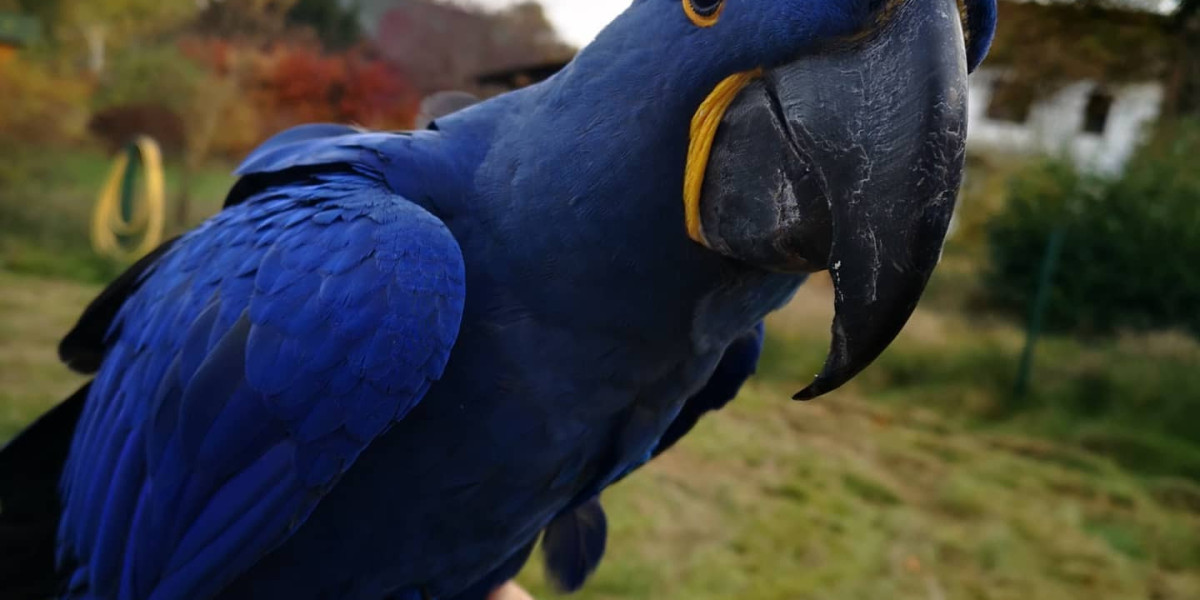Pop culture loves a good story about call girls—those enigmatic women who dance on the edge of desire and danger. From silver-screen seductresses to page-turning vixens, and ancient myths where they were goddesses in disguise, call girls (or their stand-ins like courtesans and prostitutes) have sparked endless fascination. They're painted as tragic heroes, clever survivors, or forbidden fruits, reflecting society's tangled views on sex, power, and women. This dive into movies, books, and myths shows how these tales evolved, often mixing glamour with grit. We'll touch on Indian twists too, linking to real-world vibes like Tirupati call girls and Trivandrum escorts, and how modern brands like Elite Call Girl Services flip the script toward empowerment. In simple words, it's a wild ride through fantasies that shape how we see these women today—no judgments, just the juicy cultural cocktail.
These stories aren't just entertainment; they're mirrors to our myths and morals. As Hollywood and Bollywood spin yarns, they both glamorize and grind down call girls, turning real lives into larger-than-life legends. Let's unpack the reels, reads, and ancient echoes.
Silver Screen Sirens: Call Girls in Movies
Movies adore call girls—they're plot fuel for romance, revenge, and redemption arcs. Think Julia Roberts in Pretty Woman (1990), the ultimate fairy tale where a street-smart hooker trades heels for hearts with a rich Richard Gere. It's pure popcorn fantasy: From Hollywood Boulevard to high-society galas, she transforms from "working girl" to Cinderella, raking in over $460 million worldwide. Critics called it a "prostitution rom-com," but fans ate it up—proving call girls sell seats when wrapped in wishful thinking.
Then there's the gritty side. Risky Business (1983) stars Tom Cruise as a teen hiring a call girl (Rebecca De Mornay) for a wild night that spirals into chaos—pimps, parties, parental peril. It's '80s teen angst with a sexy twist, showing the thrill and terror of forbidden fun. For darker dives, The Girlfriend Experience (2009) follows a high-end escort (Sasha Grey) juggling Wall Street clients and emotional voids—raw, real, and a Sundance standout for ditching the drama.
Bizarre flicks amp the odd: Superstar: The Karen Carpenter Story (1987) bizarrely casts call girls as metaphors for fragility, while The Pornographer (2001) blurs lines between art and exploitation. These films flip from fantasy to fallout, often leaving call girls as sidekicks to male messes.
Indian cinema adds spice. Bollywood's tawaif tales shine in Pakeezah (1972), where Meena Kumari plays a courtesan dancer fleeing her fate for forbidden love—poetic songs, tragic tears, a box-office smash. Umrao Jaan (1981) echoes it, with Rekha as a poetic prostitute navigating Lucknow's lanes, blending Urdu grace with heartbreak. These aren't just dances; they're dirges for dignity lost. Modern hits like Gangubai Kathiawadi (2022) punch harder—Alia Bhatt as a brothel boss fighting for rights, inspired by real Mumbai mafia queens. It's empowerment with edge, grossing crores while calling out the caste curses that trap women.
Even regional reels riff: Imagine a Malayalam flick nodding to call girls in Thrissur, where festival flirts hide deeper despairs, or a Rajasthani short on Jodhpur call girl service survivors scripting their own escapes. Pop culture's lens? Often rosy for Bollywood, raw for the rest.
Page-Turners and Plot Twists: Call Girls in Books
Books bare it bolder—no runtime limits, just raw words weaving call girls' worlds. John Steinbeck's Cannery Row (1945) paints Monterey's bordello as a quirky haven, with call girls like Dolly the whorehouse cook dishing wisdom amid wartime woes. It's folksy fun, showing them as community glue, not just glamour.
Margaret Mitchell's Gone with the Wind (1936) features Belle Watling, a bold brothel madam who funds the Confederacy—sassy, shrewd, stealing scenes from Scarlett. For edge, Bret Easton Ellis's American Psycho (1991) chills with Bateman's cold kills of escorts, a satire slicing yuppie rot. And Lauren Kirshner's Sex Work in Popular Culture (2022) analyzes it all—how docs like Whores' Glory (2011) humanize the hustle.
Indian lit layers legacy. The Sanskrit play Mrichchakatika (5th century) stars Vasantasena, a wealthy courtesan entangled in crime and romance—a clever heroine outwitting odds. Saadat Hasan Manto's Open Love Letter (1940s) rips the veil on Partition's prostitutes, raw tales of survival amid chaos. Amrita Pritam's Pinjar (1950) weaves call girls into tragedy, their bodies battlegrounds in divided lands.
Contemporary voices roar: Altaf Tyrewala's No God in Sight (2006) tracks Mumbai's underbelly, call girls navigating slums and skyscrapers. Or Ismat Chughtai's short stories, where courtesans crack whips on hypocrisy. These pages pulse with power—call girls as poets, not pawns. Tie it to today: A Asansol call girl might echo Manto's grit, her steel-city stories unsung but unbreakable.
Mythic Muses: Call Girls in Ancient Lore
Myths make call girls divine—sacred sirens bridging gods and mortals. In Sumerian tales (2400 BC), Inanna's priestesses offered "holy hookups" in temples, sex as fertility rite. Greek hetaerae like Aspasia advised Pericles, brains over beds—courtesans as philosophers in togas.
India's myths mingle magic and mystery. The Kama Sutra (3rd century) details ganikas—elite call girls versed in 64 arts, from poetry to pillow talk. Devadasis, "god's servants," danced in temples like Tirupati's, their "sacred duties" blurring devotion and desire—once revered, later reviled as colonial chains tightened. Hindu lore whispers of Urvashi, an apsara seductress tempting kings, or Mohini, Vishnu's enchantress luring demons.
Tamil myths exalt them: In Silappatikaram (5th century), courtesan Madhavi sways fates with song and sway. But shadows creep—caste curses turned devadasis to debt slaves, myths masking misery. Echoes linger: A Tirupati call girls tale might retell Urvashi's allure, hills hiding heavenly hookups. Or Trivandrum escorts drawing from Kerala's yakshi spirits—seductive ghosts guarding groves.
These myths mythologize call girls as cosmic catalysts—creators and chaos-bringers, far from fallen.
Bollywood and Beyond: Indian Pop Culture's Spicy Spin
Indian pop culture spices call girls with song, dance, and social sting. Tawaifs rule reels: Mandi (1983) by Shyam Benegal skewers hypocrisy in a Haryanvi brothel, call girls as witty warriors against moral masks. Devdas (2002) casts Madhuri Dixit as Chandramukhi, a golden-hearted courtesan pining for the poet—box-office gold, but critics cry cliché.
Literature layers it lush: Vikram Seth's A Suitable Boy (1993) sketches courtesans in post-Partition India, their kothas as cultural crossroads. Comics chime in—Amar Chitra Katha nods to ancient ganikas, kids' gateway to gritty glory.
TV tempts too: Courtesan of Lucknow miniseries revives Umrao, while OTT like Sacred Games (2018) gritty-fies Mumbai's flesh trade. Regional riffs resonate: A Bengali tale on Digha call girl drifts might mimic Tagore's tragic temptresses, waves washing woes. Jodhpur call girl service could inspire a folk film—desert divas dueling dacoits.
But Bollywood's bias bites: Call girls often "saved" by saviors, redemption via romance. Modern myths mend: Web series like Four More Shots Please! (2019) flips it, escorts as empowered pals.
Modern Myths: From Screen to Social Scroll
Today's pop culture pulses online—memes mock Pretty Woman knockoffs, TikToks tease tawaif twirls. Docs like India's Daughter (2015) darken the dance, exposing trafficking's toll. Yet, empowerment edges in: Influencers reframe call girls as bosses, echoing Hustlers (2019) where strippers scam Wall Street—fierce, fun, feminist.
In India, #MeToo myths bust: Survivors share call girls in Thrissur's silent strengths, or Asansol call girl anthems against industrial ills. Brands like Elite Call Girl Services weave in—ads whispering "choice over chains," turning tropes to truths. Their call girls? Modern muses, profiles popping like The Girlfriend Experience but with safety nets.
Social scrolls shatter stigmas: X threads on devadasi descendants demand dignity, blending myth with movement. It's pop culture 2.0—call girls from victims to viral victors.
Conclusion: Myths That Mirror and Mold Us
From Pretty Woman's pink limo to Mrichchakatika's clever courtesan, call girls in pop culture captivate—movies mythologizing magic, books baring bones, myths making them divine. Indian icons like Umrao Jaan add allure, tawaifs twirling through time.
Yet, Tirupati call girls' sacred shadows, Digha call girl's salty secrets, call girls in Thrissur's spiced sorrows, Jodhpur call girl service's desert dreams, Asansol call girl's gritty grace, Trivandrum escorts' tropical temptations—remind us: Fiction flavors fact, but real women rewrite the reel.
With voices like Elite Call Girl Services, pushing polished pros, pop culture pivots—from pity to power. These tales? Not just tropes, but torches—lighting paths from ancient altars to app alerts. In the end, call girls steal the show: Seductive, strong, and simply unforgettable.






